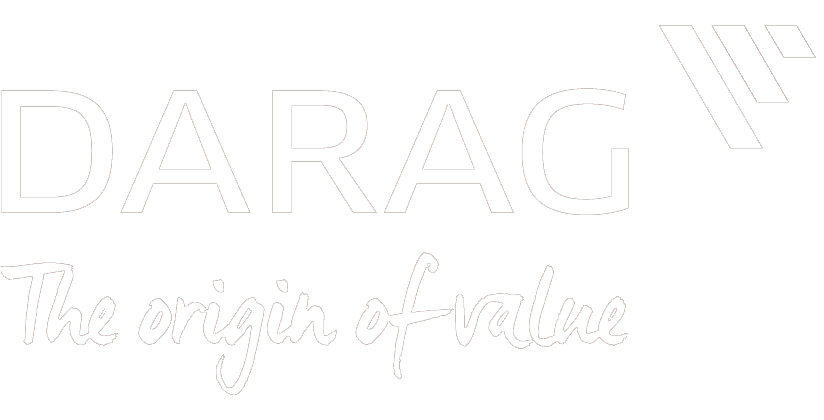We all suffer from unconscious bias.
Neuroscientists believe that more than 99% of the decisions we make and the actions we take are outside our conscious awareness. Most of the time we operate on autopilot – relying on deep-in-the-brain biases, preferences and assumptions that operate largely automatically.
While these mental shortcuts help us make decisions quickly and with little effort, they can have unintended consequences, including irrational thinking and faulty decision-making. When people are involved, bias can result in stereotyping, prejudice and a lack of diversity – and a multitude of problems at work.
This session helps people not only become aware of their own unconscious biases but gives them practical techniques for acting more consciously and making objective decisions.
- Appreciate the importance of understanding how unconscious bias works
- Recognise our own hidden preferences, assumptions and biases
- Know how to think more critically and consciously when making decisions
- Be aware of the dangers of prejudice and stereotyping other people
- Have an action plan for how to implement the learning so it’s sustainable and transferrable
Webinar outline
A 90-minute webinar
1. Welcome, agenda, reflection of own unconscious biases
- Welcome, introduction to the system
- How our unconscious bias affects the everyday decisions we make
- Quick reflection activity that uncovers participants’ own unconscious biases, assumptions and hidden preferences
- Agenda and personal objectives using ‘chat’
2. Common biases
- Why humans have bias and the benefits of it in relation to making quick decisions
- Being aware of the main biases (including Affinity Bias, Halo and Horns Effect and Confirmation Bias) so participants are able to manage them to avoid inappropriate decision-making.
3. The impact of bias on business
- Our own biases are formed through experience and exist in nature to help us ‘cut corners’ on decision-making
- Bias can affect many actions and decisions made in business
- The dangers of making decisions so quickly
- How stress and fatigue affect our decisions
- Group ‘chat’ exploring decisions participants have made in the past
4. Managing bias effectively
- Tips on managing bias and decision-making such as questioning the decisions you make
- Unconscious bias and hidden preferences
- Reflection exercise helps participants identify what more they can and will do to control and avoid poor decision-making in future
5. Action plans and next steps
- Participants reflect on their next steps and how they will implement their learning in the workplace
- Each person makes a commitment for what they will do differently











